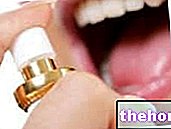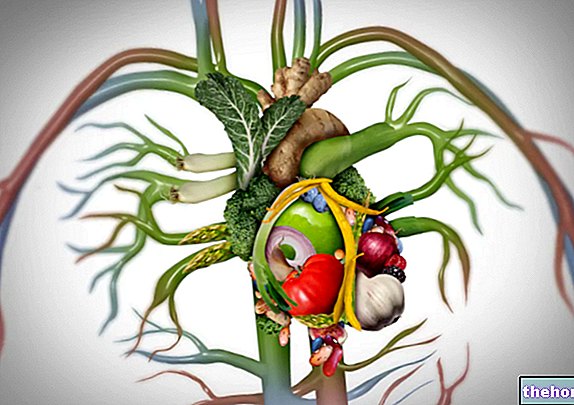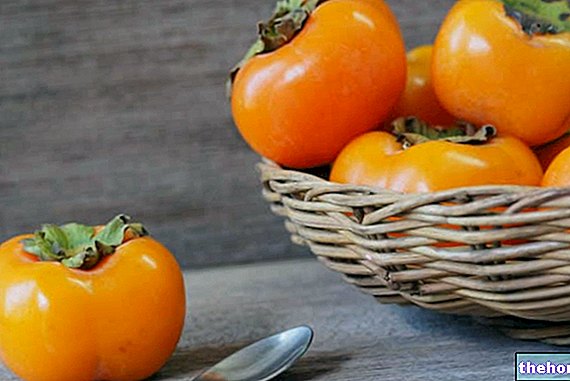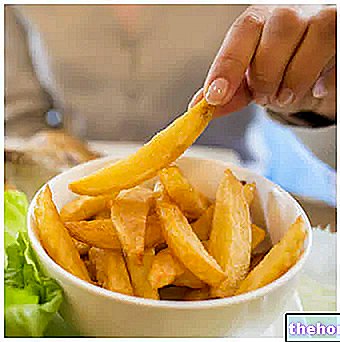Foods rich in Sodium
Distinguishing foods low in sodium from those that contain good quantities of it is not a complicated undertaking; sodium is an almost ubiquitous trace element, therefore its dietary intake with food is sufficient to cover the recommended requirement for humans.

To distinguish foods based on the amount of sodium they contain, simply group them into two categories:
- Fresh foods: foods low in sodium
- Preserved, processed or otherwise added foods: foods rich in sodium
Chemically, table salt is the result of the crystallization of sodium (Na +) associated with chlorine (Cl-).
Sodium represents 40% by weight of sodium chloride and its food sources are divided into:
- Dietary sodium (sodium from fresh foods + possible preservative sodium chloride)
- Discretionary sodium, i.e. cooking salt added as a condiment
Salt as a preservative
The main characteristic of sodium chloride is its shelf life, therefore its addition in food increases the hygienic healthiness of foods on two fronts:
- Inhibits the proliferation of contaminating organisms (although not all and not with the same effectiveness)
- It drastically reduces the percentage of free water (Activity Water - AW) responsible for the pathogenic proliferation and spontaneous enzymatic degradation of food
In ancient times, the discovery of salting for food preservation favored the demographic increase thanks to the temporal distribution of the consumption of meat and fish, and the reduction of food poisoning. However, these behaviors also influenced the collective habit of salty taste. , limiting the natural perception of food and promoting the consumption of preserved products; to date, foods that are naturally low in sodium are commonly added with table salt to favor their flavor.
Sodium requirement
Adult subjects maintain their metabolic functions active through the intake of 69-460 mg / day of sodium, but taking into account the individual variability (loss with sweating, faecal excretion and urinary excretion) it is recommended to introduce about 575 mg / day. The natural dietary content of sodium in fresh foods would be on average sufficient to meet the individual needs of this trace element.
Sodium deficiency is very rare, as well as exclusive to pathological pictures such as renal failure, chronic diarrhea and trauma; on the contrary, excessive sodium intake causes an increase in extracellular fluids, resulting in:
- The appearance of tissue edema
- The appearance of arterial hypertension
- Aggravation of panniculopathy (commonly called cellulite)
Excess table salt also adversely affects gastric acid secretion and can promote mucosal complications. However, acute food-borne sodium toxicity is at least unlikely.
Foods rich and low in sodium
Foods low in sodium, as anticipated, are all fresh and not added foods; on the other hand, foods that are rich in it constitute:
- The whole category of foods dehydrated with salt (cod; anchovies, sardines and salted herring; raw ham, speck, loin, capocollo etc.)
- The entire category of ground foods, mixed or mixed with salt (all sausages: salami, mortadella, ciccioli, soppressa, finocchiona, sausages, cotechino, etc .; cheeses)
- The entire category of foods in brine or cooked in salted water and then canned (canned beans, natural tuna, tuna in oil, canned vegetables, etc.)
- All foods with added sodium glutamate (bouillon cube and ready meals) and sodium bicarbonate.
NB. FISHED fishery products (not farmed), especially bivalve molluscs (mussels, clams, etc.), contain a fair amount of sea water; in a general context of moderate sodium intake and in the absence of pathologies, they are not a problem, on the contrary it is advisable to cook and serve them excluding the cooking fluid.









.jpg)


















